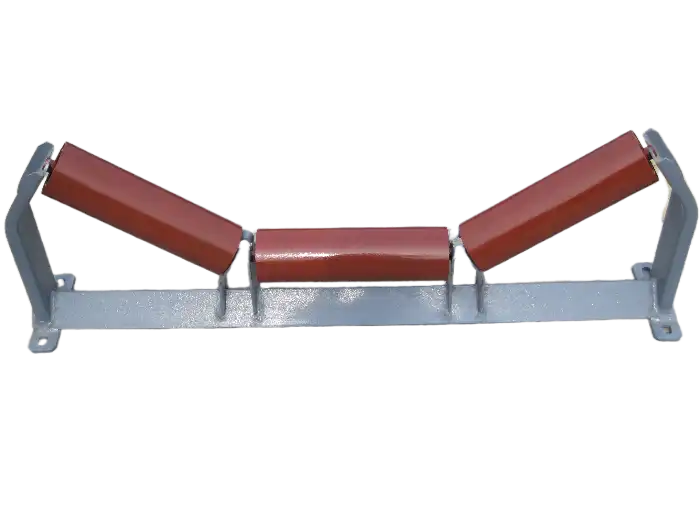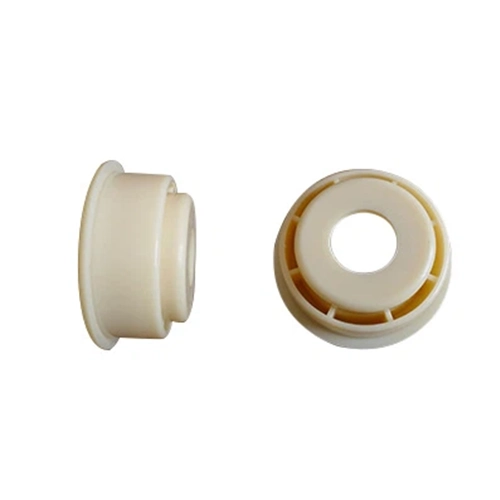- English
- French
- German
- Portuguese
- Spanish
- Russian
- Japanese
- Korean
- Arabic
- Greek
- German
- Turkish
- Italian
- Danish
- Romanian
- Indonesian
- Czech
- Afrikaans
- Swedish
- Polish
- Basque
- Catalan
- Esperanto
- Hindi
- Lao
- Albanian
- Amharic
- Armenian
- Azerbaijani
- Belarusian
- Bengali
- Bosnian
- Bulgarian
- Cebuano
- Chichewa
- Corsican
- Croatian
- Dutch
- Estonian
- Filipino
- Finnish
- Frisian
- Galician
- Georgian
- Gujarati
- Haitian
- Hausa
- Hawaiian
- Hebrew
- Hmong
- Hungarian
- Icelandic
- Igbo
- Javanese
- Kannada
- Kazakh
- Khmer
- Kurdish
- Kyrgyz
- Latin
- Latvian
- Lithuanian
- Luxembou..
- Macedonian
- Malagasy
- Malay
- Malayalam
- Maltese
- Maori
- Marathi
- Mongolian
- Burmese
- Nepali
- Norwegian
- Pashto
- Persian
- Punjabi
- Serbian
- Sesotho
- Sinhala
- Slovak
- Slovenian
- Somali
- Samoan
- Scots Gaelic
- Shona
- Sindhi
- Sundanese
- Swahili
- Tajik
- Tamil
- Telugu
- Thai
- Ukrainian
- Urdu
- Uzbek
- Vietnamese
- Welsh
- Xhosa
- Yiddish
- Yoruba
- Zulu
What Are the Characteristics of DTII Idler Roller Seals?
2024-06-25 08:51:19
DTII idler roller seals play a crucial role in conveyor systems, ensuring smooth operation and preventing contamination. Understanding their characteristics is essential for maintaining conveyor efficiency and longevity. Let's explore the key aspects of products:
What are DTII idler roller seals made of?
Common Materials Used in the products:
Rubber
Nitrile Rubber (NBR): This is one of the most commonly used materials for idler roller seals. NBR is known for its excellent resistance to oil, fuel, and other chemicals. It also has good mechanical properties, which make it suitable for environments where there is a high possibility of exposure to contaminants.
Viton (Fluorocarbon Rubber): Used in applications requiring high temperature resistance and chemical stability. Viton can withstand a wide range of temperatures and is highly resistant to chemicals, oils, and solvents.
Polyurethane
Polyurethane seals offer excellent abrasion resistance and can handle significant wear and tear. They are also resistant to many oils and chemicals, making them suitable for heavy-duty applications where the seal is exposed to harsh conditions.
Thermoplastic Elastomers (TPE)
These materials combine the properties of rubber and plastic, providing good flexibility, durability, and resistance to chemicals and environmental factors. TPE seals are often used where a balance between elasticity and toughness is required.
PTFE (Polytetrafluoroethylene)
PTFE seals, commonly known by the brand name Teflon, offer exceptional chemical resistance and can operate in a wide range of temperatures. They have low friction properties and are often used in environments where minimal wear and long life are crucial.
DTII Roller Seal Kits are typically made from nitrile rubber, Viton, polyurethane, thermoplastic elastomers, or PTFE. These materials are selected based on their ability to withstand the environmental conditions they will be exposed to, ensuring the longevity and efficient operation of the conveyor system.
How do DTII idler roller seals prevent contamination?
Design and Function
Seal Design: There are typically designed with multiple lips or layers. These lips create multiple barriers against contaminants such as dust, dirt, water, and other debris. The design can include labyrinth seals, which provide a complex path for contaminants to navigate, making it difficult for them to reach the bearing.
Material Properties: The materials used for these seals, such as nitrile rubber, polyurethane, and PTFE, are chosen for their durability and resistance to environmental factors. These materials can withstand harsh conditions and maintain their integrity, ensuring a long-lasting seal.
Mechanisms of Contamination Prevention
Barrier Formation: The primary function of the seals is to form a physical barrier around the bearing. The tight fit between the seal and the roller shaft prevents contaminants from entering the bearing housing. The multiple lip design increases the effectiveness of this barrier.
Labyrinth Path: Labyrinth seals, often used in DTII idler rollers, create a tortuous path for contaminants. This design traps contaminants in the complex passageways, preventing them from reaching the bearing. The longer and more complicated the path, the less likely contaminants can penetrate through to the bearing.
Deflection and Expulsion: Some seals are designed to deflect contaminants away from the bearing area. For example, slinger seals use centrifugal force to expel contaminants as the roller rotates, keeping the bearing area clean.
Sealing Lubricants: Certain seals may be lubricated with grease or other materials that enhance their sealing properties. This lubrication not only reduces friction between the seal and shaft but also acts as an additional barrier against contaminants.
Benefits of Effective Sealing
Extended Bearing Life: By preventing contaminants from entering the bearing housing, it is reduce wear and tear on the bearings, thereby extending their operational life.
Reduced Maintenance: Effective seals minimize the need for frequent maintenance and bearing replacements, resulting in lower operational costs and less downtime.
Improved System Efficiency: Contaminant-free bearings operate more smoothly and efficiently, reducing energy consumption and improving overall system performance.
In conclusion, DTII idler roller seals prevent contamination through a combination of strategic design, durable materials, and effective barrier mechanisms. By keeping contaminants out, these seals ensure the longevity and optimal performance of conveyor system bearings.
What maintenance is required for DTII idler roller seals?
Maintaining the product is crucial to ensure their effective operation and extend the lifespan of conveyor systems. Proper maintenance practices can prevent contamination, reduce wear, and avoid unexpected downtime. Here are some essential maintenance steps for DTII idler roller seals:
Regular Inspection
Visual Inspection: Periodically inspect the seals for signs of wear, damage, or deformation. Look for cracks, tears, or any other visible defects that could compromise the seal’s effectiveness. Check for signs of lubricant leakage around the seals, which may indicate seal failure.
Operational Check: Listen for unusual noises during conveyor operation, such as grinding or squeaking, which can indicate issues with the seals or bearings. Observe the conveyor for any irregular movement or vibration that might suggest misalignment or seal wear.
Lubrication
Regular Lubrication: Ensure that the seals and bearings are adequately lubricated. Follow the manufacturer’s recommendations for the type and frequency of lubrication. Use the correct type of lubricant, as specified for the seals, to maintain optimal performance and prevent degradation of the seal material.
Avoid Over-Lubrication: Over-lubricating can lead to excess grease, which attracts dust and contaminants. Apply the right amount of lubricant to avoid creating additional maintenance issues.
Cleaning
External Cleaning: Regularly clean the exterior of the seals and surrounding areas to remove dirt, dust, and debris. This helps prevent contaminants from reaching the bearing area. Use appropriate cleaning agents that do not harm the seal materials.
Internal Cleaning: If necessary, disassemble the roller to clean the internal components. Ensure that all parts are thoroughly cleaned and re-lubricated before reassembly.
Alignment and Adjustment
Check Alignment: Ensure that the idler rollers are properly aligned. Misalignment can cause uneven wear on the seals and bearings, leading to premature failure. Use alignment tools to verify the correct positioning of the rollers and adjust as needed basis DTII Sealing Solutions.
Tighten Fasteners: Regularly check and tighten all mounting bolts and fasteners to ensure they are secure. Loose fasteners can cause vibrations and misalignment, impacting seal performance.
Replacement of Worn Seals
Timely Replacement: Replace seals that show signs of significant wear or damage immediately to prevent bearing contamination and failure. Keep a stock of replacement seals to ensure quick and efficient maintenance.
Documentation
Maintenance Records: Maintain detailed records of all maintenance activities, including inspections, lubrication, cleaning, and replacements. This documentation helps in tracking the performance of the seals and planning future maintenance schedules effectively.
By following these maintenance practices, you can ensure that the products function effectively, protecting the bearings and extending the life of the conveyor system. Regular maintenance not only improves performance but also contributes to the overall safety and reliability of industrial operations.
Conclusion
In conclusion, understanding the characteristics of DTII idler roller seals is crucial for maintaining conveyor efficiency and preventing costly downtime. By choosing high-quality seals and implementing regular maintenance practices, conveyor operators can ensure smooth operation and long service life of their equipment.
References
SKF Group. (n.d.). Conveyor Components. SKF's official website offers detailed insights into conveyor components, including idler roller seals.
NSK Ltd.. (n.d.). Bearing Units. NSK provides extensive information on various bearing units and their applications.
Timken Company. (n.d.). Mounted Bearings and Flange Units. Timken’s resources on mounted bearings and flange units include details on sealing technologies.
Rexnord Corporation. (n.d.). Flanged Bearing Housings. Rexnord's site includes specifications and maintenance tips for flanged bearing housings and seals.
Dodge Industrial Inc.. (n.d.). Flange Mounted Bearings. Dodge Industrial provides information on flange mounted bearings, emphasizing seal designs.
NTN Bearing Corporation. (n.d.). Flanged Units. NTN’s website offers product details and benefits of flanged units and seals.
Schaeffler Group. (n.d.). Flanged Housings. Schaeffler provides technical data and application examples for flanged housings and seals.
MRO Magazine. (2019). Effective Sealing Methods for Bearings. An article that discusses different sealing methods, including those used in idler roller bearings, and their effectiveness in various environments.



.webp)

